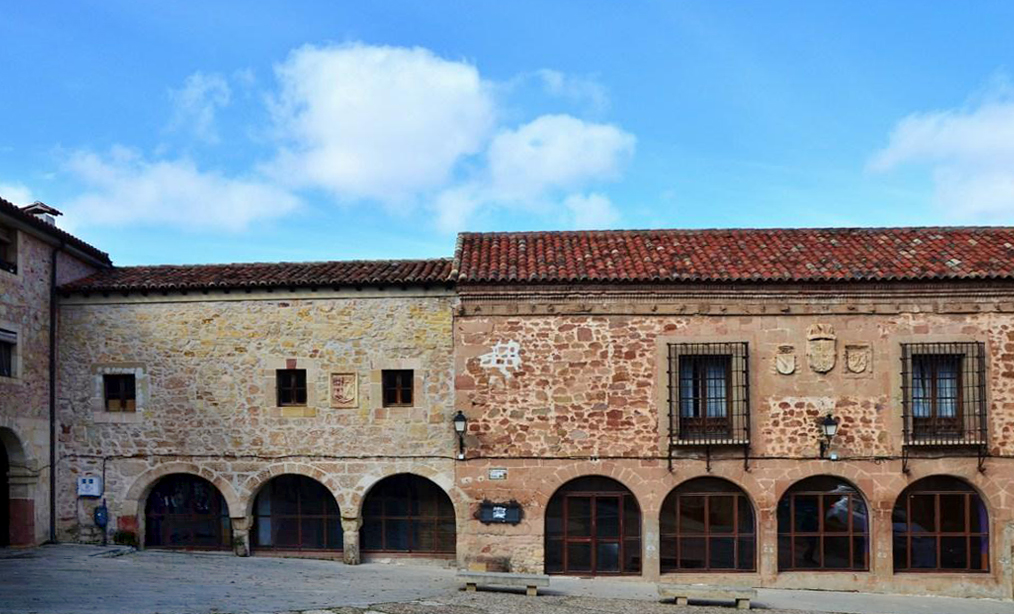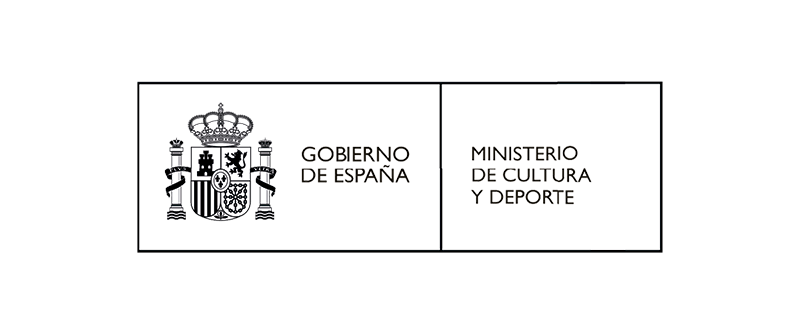The Plazuela de la Cárcel was opened in this space in the 15th century to accommodate the weekly market that could no longer fit in the old square, Plaza de San Juan. Its size was later expanded when Cardinal Mendoza moved the market to the current Plaza Mayor, turning the new square into the nerve center of the city’s civil power by concentrating the jail, the City Hall, and the Municipal Archive within its perimeter. On the left side, the Posada del Sol, built in the first half of the 16th century, and forming an angle with it, are the main civil institutions of the Renaissance city.
The Royal Jail was situated between the Posada del Sol and the Town Hall. It was a small municipal holding facility where prisoners were held temporarily before being permanently transferred to prison. Like the Town Hall, its construction was mandated by Pragmatic Orders issued by the Catholic Monarchs. The construction of the Town Hall was completed in the year 1501, followed by the commencement of the Jail’s construction.
The old Town Hall, also known as, fulfilled its administrative and judicial duties for over three centuries until the 19th century when it moved to the current Plaza Mayor, occupying the palace of the deans. Its facade, made of reddish sandstone typical of Sigüenza, is composed of two levels. The lower level with round arches was used as the notary’s office and administrative offices such as the registry and seal. The upper level, where the municipal council meetings were held, had large windows and the shields of Sigüenza, the Catholic Monarchs, and Bishop Carvajal, under whose reign and pontificate respectively this municipal building was commissioned.






